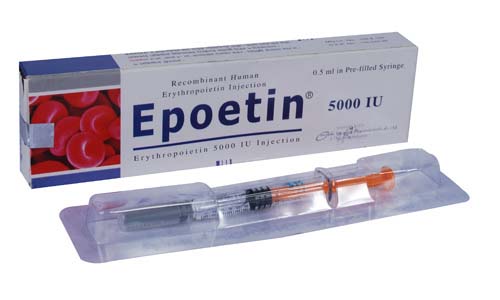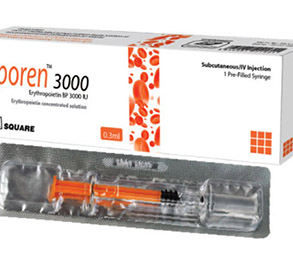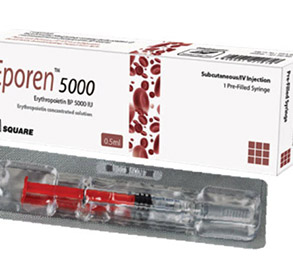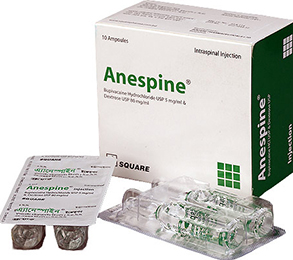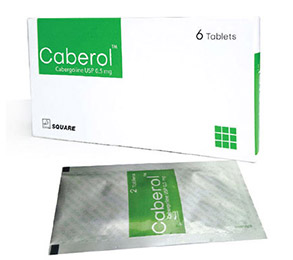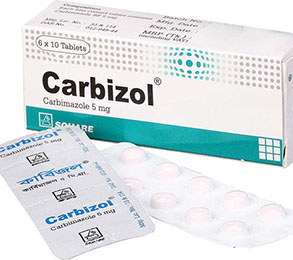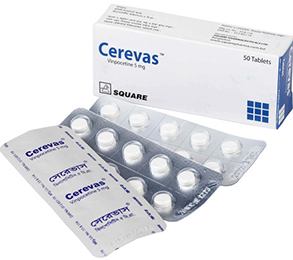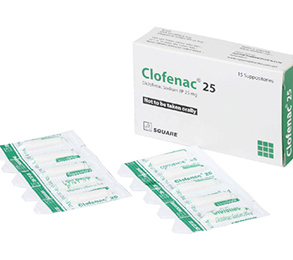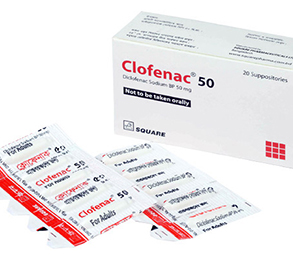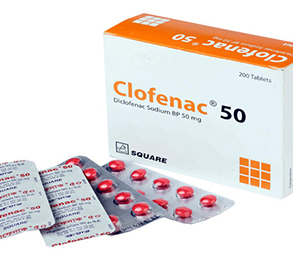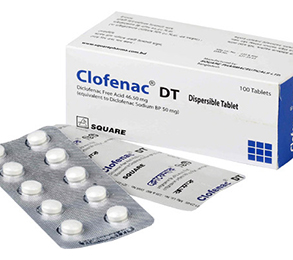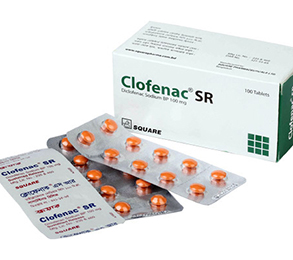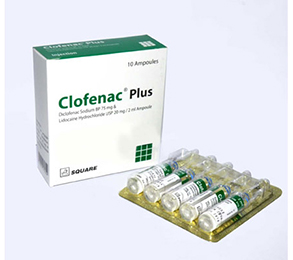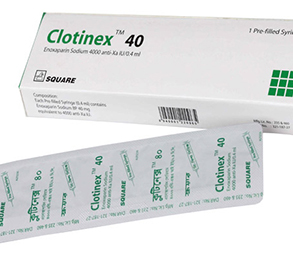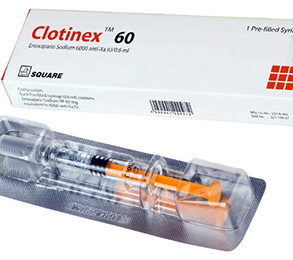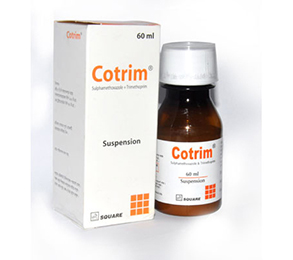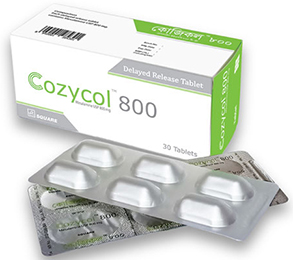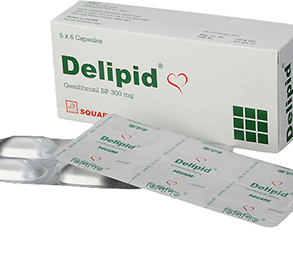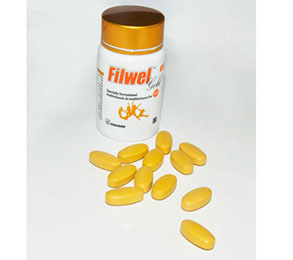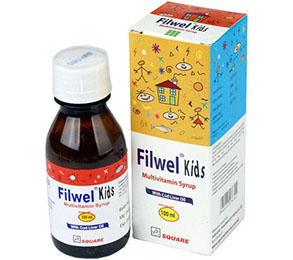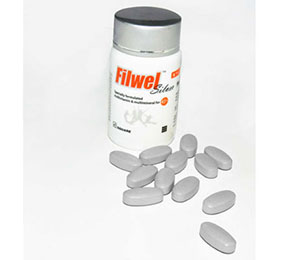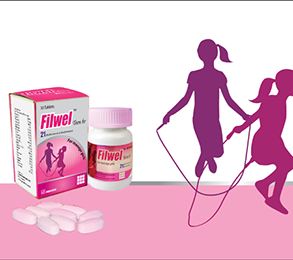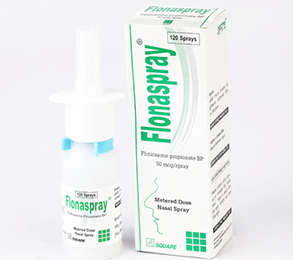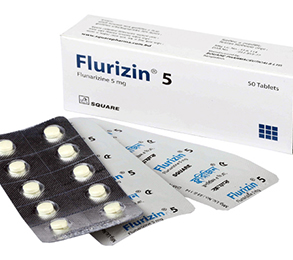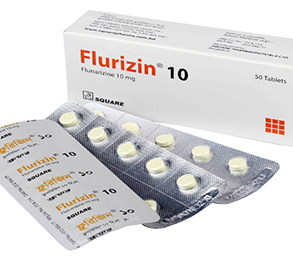Epoetin 5000 Ui 1 Pc
Alternative products
Erythropoietin
Indications
Erythropoietin is indicated for the treatment of-
- Anemia associated with Chronic Renal Failure, including patients on dialysis (ESRD) and patients not on dialysis.
- Anemia in patients with non-myeloid malignancies where anemia is due to the effect of concomitantly administered chemotherapy.
- Anemic patients (hemoglobin >10 to <13 g/dL) scheduled to undergo elective, noncardiac, nonvascular surgery to reduce the need for allogeneic blood transfusions.
- Anemia related to therapy with zidovudine in HIV-infected patients.
Therapeutic Class
Drugs for Haemolytic Hypoplastic & Renal Anemia
Pharmacology
Erythropoietin regulates erythropoiesis by stimulating the differentiation and proliferation of erythroid precursors, stimulating the release of reticulocytes into the circulation, and synthesis of cellular haemoglobin. Recombinant human erythropoietin is available as epoetin alfa and epoetin beta which are used in the management of anaemias associated with CRF, cancer chemotherapy and anti-AIDS drug zidovudine
Dosage
Treatment of anemia in chronic renal failure:
Erythropoietin is administered to maintain hemoglobin concentration between 11 to 12 g/dl and hematocrit of 33 -36 % in adults.
Starting dose:
- Adult: usually 50 to 100 IU/kg three times in a week (TIW) by IV or Subcutaneous route
- Pediatric: 50 IU/kg TIW by IV or Subcutaneous route
Dose adjustment: Dose should be increased if hematocrit doses not increase by 5 to 6 points after 8 weeks therapy, and hematocrit is below suggested target range. Dose should be reduced when hematocrit approaches 36% or hematocrit increases >4 points in any 2-week period.
Maintenance dose: Maintenance dose must be individualized for each patient. In patients undergoing dialysis, the median maintenance dose is 75 IU/kg TIW, with a range from 12.5 to 525 IU/kg TIW as directed by the physician. In CRF patients not on dialysis, maintenance dose is 75 to 150 IU/kg/week.
Treatment of Anemia in Cancer Patients on Chemotherapy:
Starting dose:
- Adult: 150 IU/kg TIW by Subcutaneous route or 40,000 IU Subcutaneous route weekly
- Pediatric: 25 to 300 IU/kg 3 to 7 times per week by Subcutaneous or IV route
Dose adjustment: If the response is not satisfactory, the dose should be increased to 300 IU/kg TIW. If the hematocrit exceeds 40%, the dose should be withheld until the hematocrit falls to 36%. The dose should be reduced to 25% when treatment is resumed and titrated to maintain the desired hematocrit.
Surgery Patients:
The recommended dose is 300 IU/kg/day subcutaneously for 10 days before surgery, on the day of surgery, and for 4 days after surgery. An alternate dose schedule is 600 IU/kg subcutaneously in once weekly dose (21, 14, and 7 days before surgery) plus a fourth dose on the day of surgery.
Zidovudine-treated HIV-infected Patients:
Starting dose:
- Adult: 100 IU/kg as an IV or Subcutaneous injection TIW for 8 weeks
- Pediatric: 50 to 400 IU/kg 2 to 3 times per week by Subcutaneous or IV route
Dose adjustment: If the response is not satisfactory, the dose should be increased by 50-100 IU/kg TIW. Response should be evaluated every 4 to 8 weeks thereafter and the dose adjusted accordingly by 50 to 100 IU/kg increments TIW.
Maintenance dose: The dose is titrated to maintain the hematocrit between 33-36%.
* চিকিৎসকের পরামর্শ মোতাবেক ঔষধ সেবন করুন'
Administration
Do not shake. It is not necessary to shake Erythropoietin. Prolonged vigorous shaking may denature any glycoprotein, rendering it biologically inactive.
Parenteral drug products should be inspected visually for particulate matter and discoloration prior to administration.
Administer as intravenous injection over 1-2 minutes. In patients on dialysis, the injection should follow the dialysis procedure. Slow injection over 5 minutes may be beneficial to those who experience flu-like symptoms.
Do not administer by intravenous infusion or in conjunction with other drug solutions.
For the subcutaneous route a maximum of 1 mL at one injection site should generally not be exceeded. In the case of larger volumes, more than one site should be chosen for the injection.
* চিকিৎসকের পরামর্শ মোতাবেক ঔষধ সেবন করুন'
Interaction
Haematinics enhance efficiency. Increased dose of heparin in patients undergoing dialysis.
Contraindications
Erythropoietin should not be used in patients with-
- Uncontrolled hypertension.
- Pure red cell aplasia that begins after treatment with Erythropoietin or other Erythropoietin protein drugs.
- Serious allergic reactions to Erythropoietin.
- Use of the multi-dose vials in neonates, infants, pregnant women, and nursing mothers.
Side Effects
The most common side effects during treatment with erythropoietin are myocardial infarction, stroke, and thromboembolism, increased mortality and/or increased risk of tumor progression or recurrence in patients with cancer, hypertension, seizures, serious allergic reactions etc.
Pregnancy & Lactation
Pregnant woman: There are no controlled studies of erythropoietin in pregnant women. Therefore, erythropoietin should be used during pregnancy only if erythropoietin is clearly needed.
Nursing mothers: It is not known whether this drug is excreted in human milk. Because many drugs are excreted in human milk, caution should be exercised when erythropoietin is administered to a nursing woman.
Precautions & Warnings
Erythropoietin should be used with caution in those patients with controlled hypertension, ischaemic vascular disease, history of seizures, or suspected allergy to the product.
Iron evaluation: Prior to and during Erythropoietin therapy, the patient's iron stores, including transferrin saturation and serum ferritin, should be evaluated. Transferrin saturation should be at least 20%, and ferritin should be at least 100 ng/mL. Virtually all patients will require supplemental iron to increase or maintain transferrin saturation to levels that will adequately support erythropoiesis.
Overdose Effects
Doses of up to 1500 IU/kg TIW for 3 to 4 weeks have been administered to adults without any direct toxic effects. If the suggested target range is exceeded, drug therapy may be temporarily withheld until the hemoglobin returns to the suggested target range. If polycythemia is of concern, phlebotomy may be indicated to decrease the hemoglobin.
Storage Conditions
Refrigerate at 2-8°C. Do not freeze.
- Type Injection
- Tag
- Morbi leo risus
- Porta ac consectetur ac
- Vestibulum at eros
